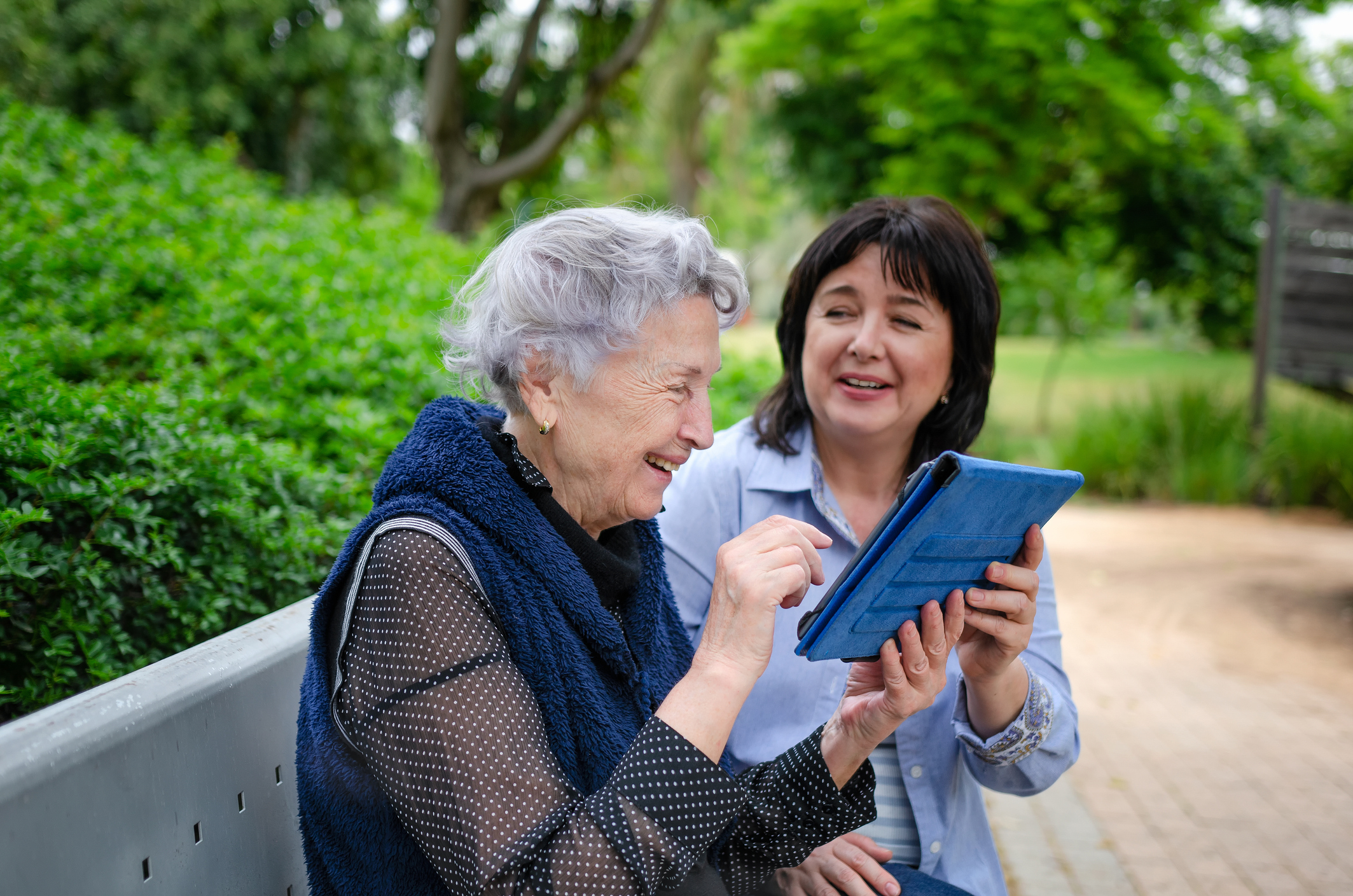The Aged Care Industry IT Council hopes to develop two toolkits for the aged care sector to help providers improve their digital maturity as part of its Digital Maturity in Aged and Community Care project.
The project involved a digital maturity survey of residential and community aged care providers conducted in 2023 and builds upon the council’s CARE IT project from 2020.
The national survey included an introductory one to collect information about the type, size and location of the responding organisations. It was followed by a survey of residential and community care providers using questions from CARE-IT and other models, along with a longer survey of residential aged care facility IT using the work of Columbia University professor Greg Alexander.
According to the report, more than 165 aged and community care organisations participated, representing 56,000 residential places and about 9.6 per cent of the aged and community care sector.
The survey of residential and community care providers covered a very broad range of domains including cybersecurity practices and protection, communications technology, cybersecurity policy and processes, internal and external interoperability, digital literacy and usage digital training, data analytics, governance, and resident/client input and access, and innovation.
These were assigned digital maturity scores, with an average industry score of 58.4 out of 109. ACIITC plans to include each survey participants’ score and their benchmark with other participants as part of the first digital maturity toolkit.
It found strengths in cybersecurity, disaster recovery, communications and leadership, but weaknesses in resident/client centred care – described as the ability of residents/clients and their representatives to access their own digital records or provide user input to the design of digital systems – and data analytics.
There were also weaknesses in some aspects of cybersecurity, including the security of resident/client data, and a concerning finding that 25 per cent of organisations indicated they didn’t know if they had insurance covering cybersecurity events.
The longer survey was based on Professor Alexander’s staged model, and covered three domains – residential care, clinical support, and administrative activities – scoring their maturity in terms of IT capabilities, IT extent of use, and IT degree of integration.
Each organisation was given a calculated score out of a maximum of 950. The majority of organisations scored between 300 and 500, with the maximum score being 678.5.
“The scores for digital maturity in the clinical support domain were significantly lower than both the resident care and administrative activities domains, particularly in the degree of IT integration demonstrated, illustrating that residential aged in Australia clinical systems (including laboratory, pharmacy and radiology systems) are at a comparatively low level of digital maturity,” the report found.
Now the plan is to develop two toolkits, one of which will be sent back to participants of the shorter survey and will contain their own scores benchmarked against the other respondents. It will also include guidance for developing a strategic approach and identify priority areas for attention.
Participants in the longer survey will also receive their scores benchmarked against other international aged care providers.
The ACIITC is also recommending the development of a second toolkit that could be made permanently available to organisations within the sector. This would cover four main elements:
- Identifying digital maturity goals and aspirations
- A selection of real-world examples and case studies
- Available tools to support organisations on their digital maturity journey
- Assistance with understanding financial considerations.
ACIITC executive lead Anne Livingstone, a key author of the report, said ACIITC anticipates ongoing opportunities to collaborate and achieve the desired outcomes outlined in the project.
The Digital Maturity in Aged and Community Care: The Current State and Resources Required report, developed in association with the Australian Digital Health Agency and following a series of national roundtables, is available for download at the ACIITC website.
